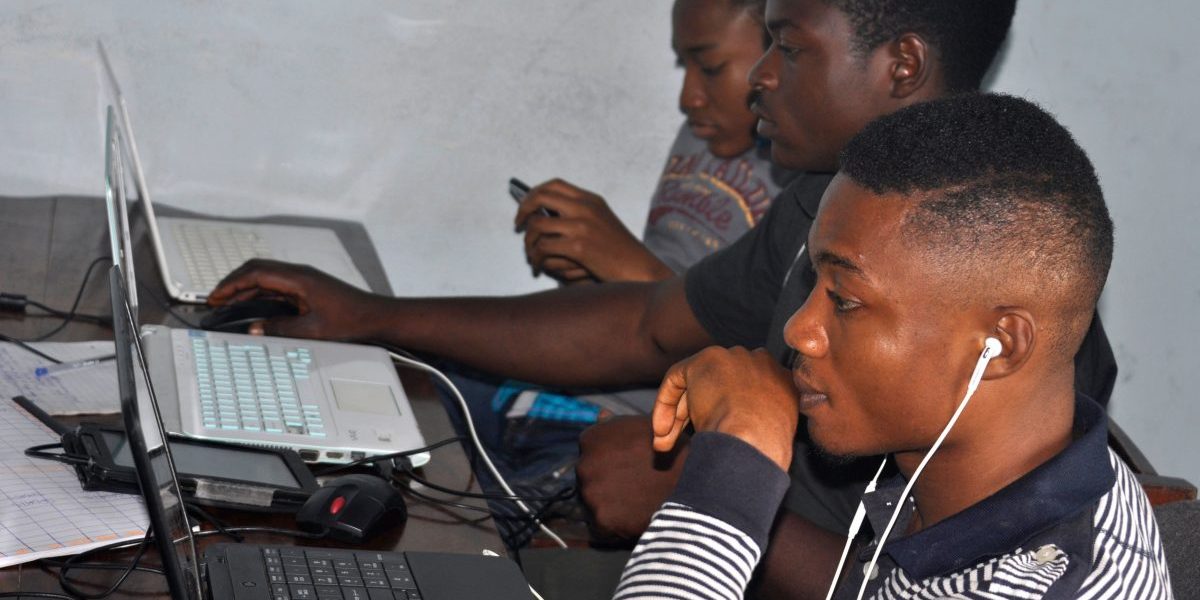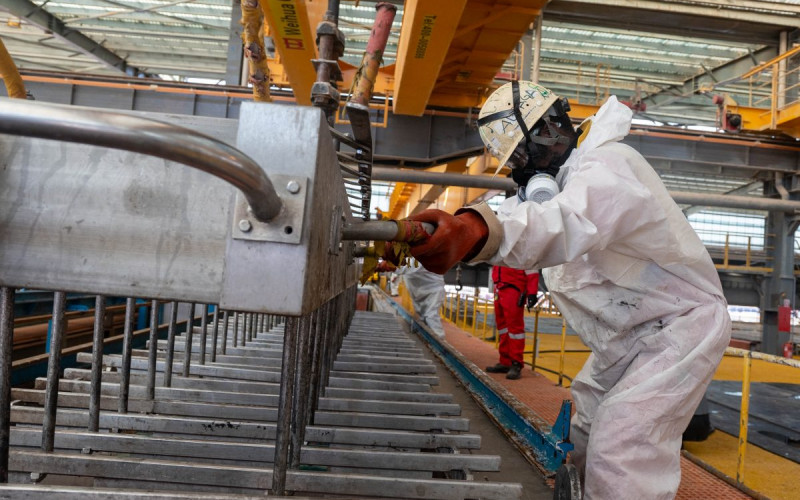In Dr Seuss’ classic story “Did I Ever Tell You How Lucky You Are?” (1973) he tells a curiously familiar tale about a place near Hawtch-Hawtch where a bee watcher was hired to monitor the lazy town bee because “a bee that is watched will work harder you see.” Unfortunately, the poor little bee did not work harder (“not mawch”), and therefore another Hawtch-Hawtcher was put on task as a bee-watcher-watcher, ostensibly based on the same logic that this would make the bee-watcher, and thus the bee, work more effectively.
Turns out it didn’t – and over time, the story concludes that “all the Hawtchers who live in Hawtch-Hawtch are watching on watch watcher watchering watch, watch watching the watcher who’s watching that bee.” It is a foregone conclusion that the bee still isn’t being any more productive, nor do we know why.
This a great and nonsensical little story about what we are lucky to not be (if we are indeed so lucky?); a cautionary tale of the self-reinforcing logic of layering on more and more management and oversight onto dysfunctional systems and actors, hoping earnestly for change. Never mind the allegedly lazy town bee who never actually got any support in all of this watchering – one can’t help but wonder what else all the Hawtch-Hawtchers could be doing with their talent and time if they were not just fruitlessly watch-watcher-watchering!
Metaphor of current state of affairs
This story offers an evocative metaphor for the current state of affairs in African governance today, and the contribution of civic tech innovation.
In the publication Civic Tech in Southern Africa: Alternative Democracy and Governance Futures?, data from the Civic Tech Innovation Network (CTIN) ‘s database shows that of the various civic tech sectors catalogued, over 60% of initiatives in Southern Africa are in “Democracy & Governance” (D&G).
This means they are focused on issues such as governance accountability and transparency, including key themes of anti-corruption and elections, e.g. by promoting targeted open data portals and platform initiatives. This finding is consistent with what we find in the literature, which also highlights that democracy and governance are often the dominant preoccupation of civic tech initiatives.
This means that the majority of the skill and capacity within the civic space, leveraging the newest technologies and methodologies, as well as the passion and energy of young innovators, is being expended in “bee watcher watchering”.
Civic time and resources are spent reacting to state deficiencies, tracking spending and corruption, demanding participation, and trying to prevent state actors from abusing their power – essentially, trying to make sure that governments are doing their jobs as they should.
Considering that society is already paying for our governments to do their jobs and to do them effectively, one can’t help but observe (as we do with Hawtch-Hawtch) that having an entire sector dedicating its capabilities to monitoring governments seems a bit redundant – and similarly, determining impact remains evasive.
Even though the metaphor we use is a bit naughty and dramatic, it is not our intention by any means to undermine the important work that organisations are doing in the D&G space.
The question we want to pose here is why and how this happened. On a continent that is mired with development challenges, why is it that more local capacity is going to monitoring the government than directly addressing the “real life” issues that are affecting the lives of people? And how did this get enabled?
The new book Innovation Ecosystems Africa: Solving the problems we have offers as its premise that the African continent is faced with many complex challenges, for example, around energy, food and water security, health pandemics, and climate crises. The minority (<40%) who are focusing on core public development issues include civic tech initiatives such as Abaaraha (Somalia’s first-ever crisis mapping platform that enables relief organisations to respond more effectively to drought victims), Healthlane (A Cameroonian health technology startup promoting access to affordable healthcare services) and CropChain (a platform that facilitates trade between smallholder farmers and consumers), and Alexa Diaries (a Ugandan initiative that empowers entrepreneurial women with digital skills to improve their business). They demonstrate the potential of civic tech in advancing development across Africa.
Influence of funding
Again, we are not ignoring the impact of bad governance, and of good D&G work. It is a reality that many African countries still struggle with governance issues, and so it makes sense that the sector should be one important target for attention. But in a context where bread and butter issues are at stake, what’s a reasonable balance of attention between demanding food, and figuring out how to get food? When you have smart people, increasingly powerful and democratised tools, and vibrant civic networks from local to global – surely it is not unreasonable to suggest that perhaps a majority of the capacity really could be going to the actual work and not just the watchering?
We get the impression that one key cause for the watchering dynamic is the influence of funding. The civic activism space is in general heavily grant dependent, and it seems as though a lot of funding (often coming from the West) has tended to focus on the governance issues.
Donor priorities in Africa affect innovation investment, and it could be that civic tech got pigeon-holed by the limited understanding of the ways in which communities could best leverage tech. Often we hear of calls for funding what communities feel that they would like to do is countered by what the funders understand to be investments in the digital space, sometimes influenced also by sectoral silos (so, e.g. the envelope for funding water services is separate from the team funding digital transformation).
So the question then becomes: how can we flip these statistics? Can we shift to 60:40 (with 40% being D&G rather than the other way around), or even 80:20? And what might be the conditions towards achieving a better balance between monitoring the state, but also contributing to development and the self-determined improvement of quality of life?
Firstly, it is important to have funding which supports local, contextualised priorities in civic tech, not just D&G. This may be achieved by donors and governments seeing civic tech as an important supplementation of capacity for public service innovation.
Secondly, a greater recognition of the intersecting and complex challenges that require transdisciplinary experiments for how digital technologies can help solve “old problems”. Here, fostering partnerships between a wide variety of stakeholders can lead to the development of more sustainable and impactful civic tech tools that address the challenges that citizens are facing.
Thirdly, there is a need for an invitation (and possibly permission) for civic tech innovators and activists to focus their creativity on solving the problems they have and not just aligning to what is touted as civic tech-worthy.
In this way, civic tech initiatives can be empowered to actively focus on co-creating localised, inclusive and relevant solutions to development challenges.







